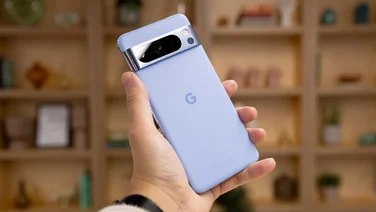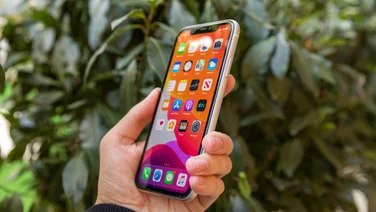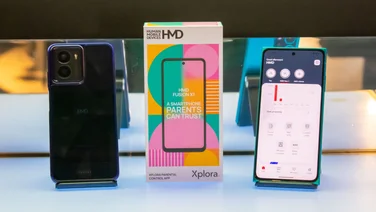To help us provide you with free impartial advice, we may earn a commission if you buy through links on our site. Learn more














It seems sometimes that Huawei is hell-bent on global domination, such is the frequency of its smartphone launches. It kicked off 2016 with the unveiling of the gigantic Mate 8, followed up with the crazy dual-camera P9 and P9 Plus. And now there’s another pair of Huawei phones to consider: the Huawei Nova and Huawei Nova Plus.
Despite the fact that they both have the same name, though, the two phones look quite different. The Nova has a 5in screen and looks just like a mini Nexus 6, complete with the black strip surrounding the camera at the back, while the Nova Plus’ display measures 5.5in corner to corner and has been styled like a smaller Mate 8.
And, with bodies crafted from metal and slick-looking, curved-edge “second-generation” 2.5D glass on the front, they look and feel a lot nicer than the mid-range specifications (see below) would suggest. There’s a circular fingerprint reader on the rear, mounted centrally, which can be used to pull down the notifications menu, swipe through gallery photos and answer calls, and it’s paired with NFC for contactless payment via Android Pay.

Huawei Nova and Huawei Nova Plus review: Key specifications
| Huawei Nova | Huawei Nova Plus | |
| Screen | 5in, 1,920 x 1,080, IPS | 5.5in 1,920 x 1,080, IPS |
| Processor | 2GHz octa-core Qualcomm Snapdragon 625 | 2GHz octa-core Qualcomm Snapdragon 625 |
| RAM | 3GB | 3GB |
| Storage | 32GB, with microSD slot expansion up to 128GB | 32GB, with microSD slot expansion up to 128GB |
| Design | All-metal body, “second-generation” 2.5D glass | All-metal body, “second-generation” 2.5D glass |
| Camera | 13MP | 16MP, OIS |
| Colours | Silver, grey, gold, rose gold | Gold, silver, grey |
| Battery | 3,020mAh (48 hours “normal usage”) | 3,340mAh (52 hours “normal usage”) |
As well as being quite different in terms of design, there’s also a lot of divergence when it comes to the specifications. The Nova Plus has a better camera with a 16-megapixel resolution, compared with the Nova’s 13 megapixels. It also holds another advantage over the smaller Nova: optical image stabilisation (OIS), which should help it capture better photographs in low light.
The other major difference is the battery. With a larger chassis, the Nova Plus has a 3,340mAh power pack compared to 3,020mAh for the Nova.














Elsewhere, both the Huawei Nova and Nova Plus share the same processor: surprisingly, it isn’t a Kirin like the P9 and P9 Plus, but a 2GHz, octa-core Snapdragon 625 chip from mobile CPU giant, Qualcomm. There’s 3GB of RAM in both phones, and a microSD slot for expanding the onboard storage.
Alas, both phones are also endowed with Huawei’s Emotion UI – complete with the company’s crazy “knuckle sense” tech, which allows you to carry out various tasks by tapping the screen with your knuckles.
Luckily, the company has been steadily improving the way Emotion UI looks and works recently, so it’s much more bearable than it once was. I’d still prefer Huawei to give consumers the choice between its own software and pure Android, but at least the company appears to be listening.
Huawei Nova and Huawei Nova Plus review: Early verdict
With mid-range smartphones such as the Nova and Nova Plus, success rides almost entirely on the price, especially with so many top-quality handsets in this bracket right now. I’m thinking of the OnePlus 3 here and also the original, 5.5in Nexus 6, which offer faster processors than either of the new Huawei Novas.
At €399 for the Nova and €429 for the Nova Plus (available from 26 September), however, both work out fractionally more expensive than the OnePlus 3 and Nexus 6. Undoubtedly the price will come down over time, but for now I think these two are a touch too pricey, even considering how nice the design is.




